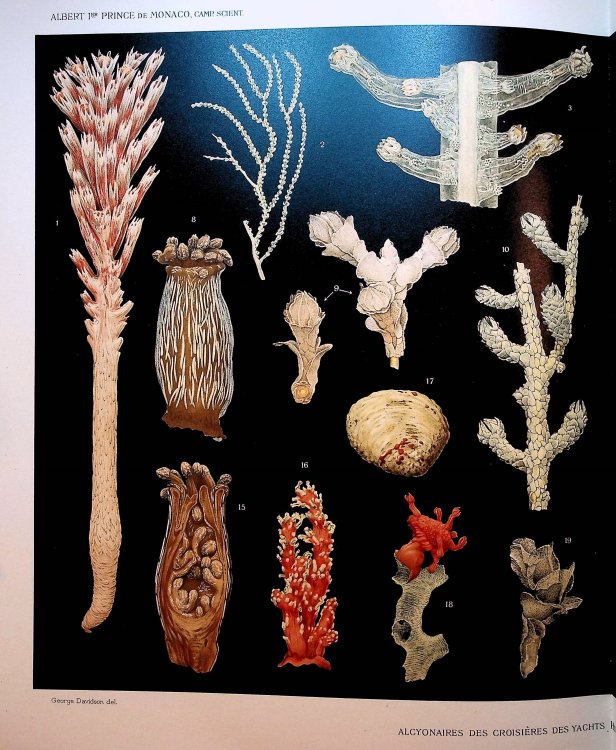
Alcyonaires provenant des campagnes scientifiques du Prince Albert 1er de Monaco
$75.00 USD • Used
SCARCE LARGE FOLIO MONOGRAPH ON MARINE CORALS, PUBLISHED BY ALBERT I, PRINCE OF MONACO, ILLUSTRATED WITH FINE COLOR LITHOGRAPHS.
Large folio, 11 x 14 inches tall printed transparent pape...
SCARCE LARGE FOLIO MONOGRAPH ON MARINE CORALS, PUBLISHED BY ALBERT I, PRINCE OF MONACO, ILLUSTRATED WITH FINE COLOR LITHOGRAPHS.
Large folio, 11 x 14 inches tall printed transparent paper wraps over card covers which include the coat-of-arms of the Prince of Monaco. Text printed on heavy rag paper, 77 pp, unopened, 4 colored lithographed double-page plates with tisue guards, and 2 uncolored plates. Text in French. Cover edges age-toned, small chip in fore edge of transparent cover, text clean and unmarked, plates bright and clean, very good, in custom archival folder. This monograph is a fine example of late 19th century marine biology, with detailed descriptions and magnificant lithographs. It forms part of a series of scientific reports on marine life collected by Albert the 1st, Sovereign Prince of Monaco, collected from his yacht, Hirondelle. The report was printed under the direction of Prince Albert, with the approval of Jules Richard, doctor of science, chief of zoologic studies.
ALBERT I, PRINCE OF MONACO (1848 1922) devoted much of his life to the study of the sea and oceans. At only 22 years old, he embarked on a career in the then relatively new science of oceanography. Understanding the importance of the relationship between living creatures and their environment, he devised a number of techniques and instruments for measurement and exploration. He founded the Oceanographic Institute Foundation Albert I, Prince of Monaco, a private foundation established in 1906. It has two buildings: The Oceanographic Institute of Paris, now renamed Ocean House, and what became the world-renowned Oceanographic Museum of Monaco. This includes an aquarium, a museum, and a library, with research facilities in Paris. He owned four research yachts, Hirondelle, Princesse Alice, Princesse Alice II and Hirondelle II. Accompanied by some of the world's leading marine scientists, he travelled the length and breadth of the Mediterranean, making numerous oceanographic studies, maps and charts. In 1918, the US National Academy of Sciences awarded Prince Albert its Alexander Agassiz Medal for his achievements. The Explorers Club elected Albert I to its highest category of membership Honorary Member in 1921.
SIR JOHN ARTHUR THOMSON (1861 - 1933) was a Scottish naturalist who authored several notable books and was an expert on soft corals. Born in Saltoun, East Lothian, he taught at the Royal (Dick) Veterinary College from 1893 until 1899 then University of Aberdeen from 1899 until 1930, the year he was knighted. His popular works sought to reconcile science and religion. In his Gifford lectures and a number of books written with his friend Patrick Geddes he argued for a form of holistic biology in which the activity of the living organism could transcend the physical laws governing its component parts. Thomson had also promoted the importance of symbiosis and cooperation in nature as opposed to the idea of struggle. Octocorallia (also known as Alcyonaria) is a subclass of Anthozoa comprising around 3,000 species of water-based organisms formed of colonial polyps with 8-fold symmetry. It includes the blue coral, soft corals, sea pens, and gorgonians (sea fans and sea whips) within three orders: Alcyonacea, Helioporacea, and Pennatulacea. These organisms have an internal skeleton secreted by mesoglea and polyps with eight tentacles and eight mesentaries. As with all Cnidarians these organisms have a complex life cycle including a motile phase when they are considered plankton and later characteristic sessile phase. Octocorals resemble the stony corals in general appearance and in the size of their polyps, but lack the distinctive stony skeleton. Also unlike the stony corals, each polyp has only eight tentacles, each of which is feather-like in shape, with numerous side-branches, or pinnules.
Product Info
Publisher: Albert I, Prince of Monaco
Year: 1927
Type: Used
Binding: Softcover
First Edition
Seller Info
BiomedRareBooksLLCABAAILABIOBA
Address: P.O. Box 193 North Garden, Virginia
Website: https://www.biomedrarebooks.com
Country: United States
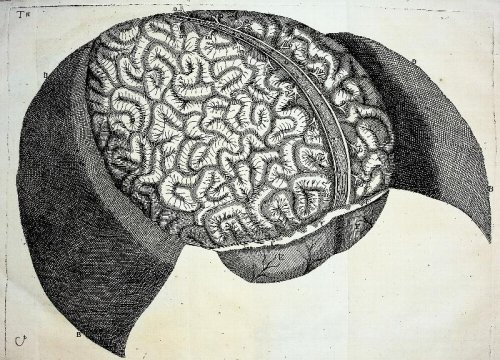
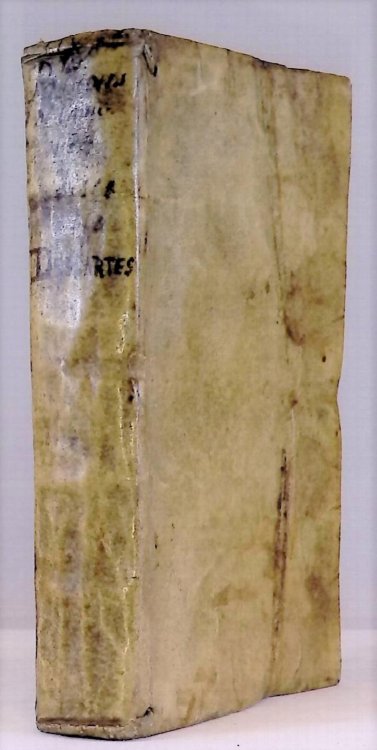
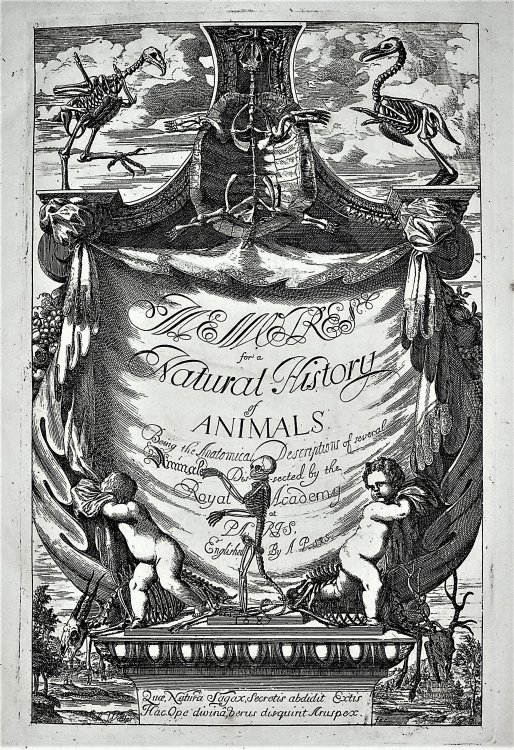
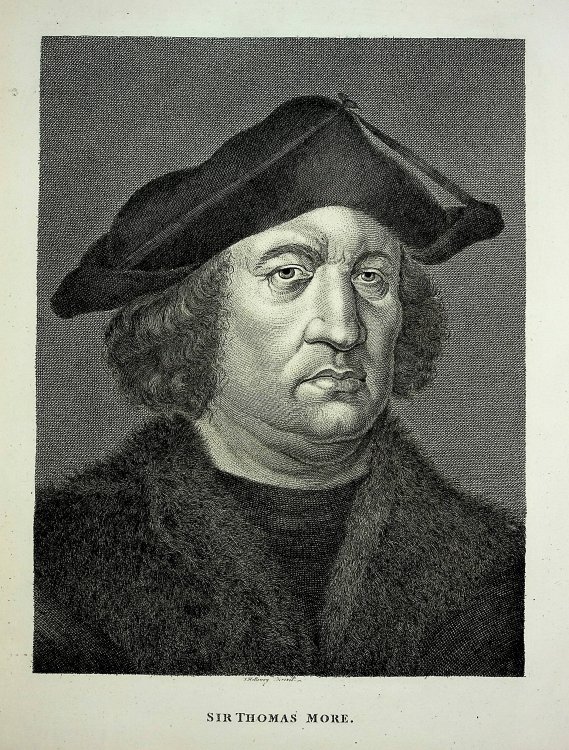
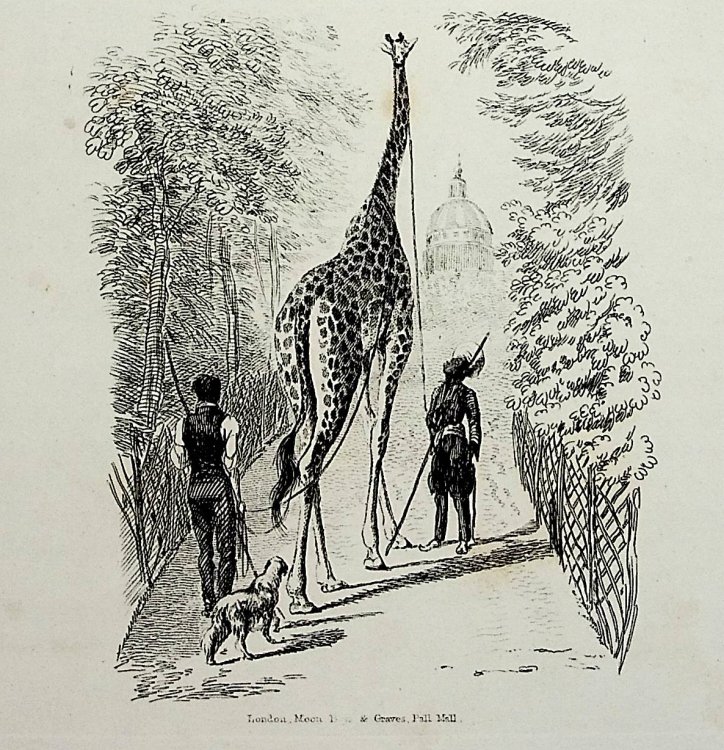
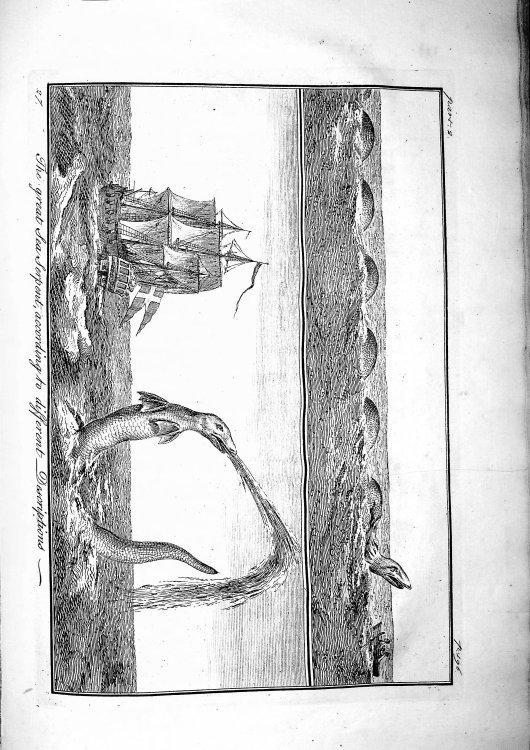
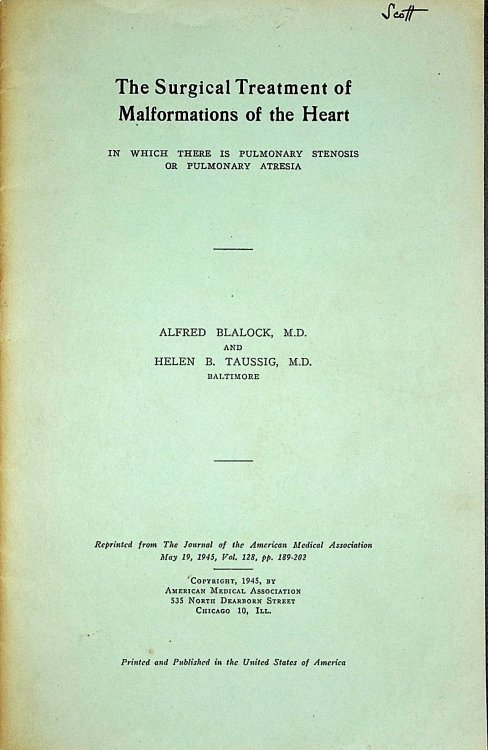

![Memoire sur le Pancreas et sur le role du Suc pancreatique dans les phenomenes digestifs, particulierement dans la digestion des matieres grasses neutres [Memoir on the Pancreas and on the role of pancreatic juice in digestive phenomena, particularly in the digestion of neutral fatty materials] (Claude Bernard) TOGETHER WITH Memoire sur quelques points de la Physiologie des Algues [Memoir on some aspects of the physiology of algae] (A Derbes & AJJ Solier) TOGETHER WITH Memoire sur le Calcul des Perturbations qu'eprouvent les Cometes [Memoir on the Calculation of the Perturbations experienced by Comets] (PA Hansen)](/images/stores/5089/1553_1.jpg)